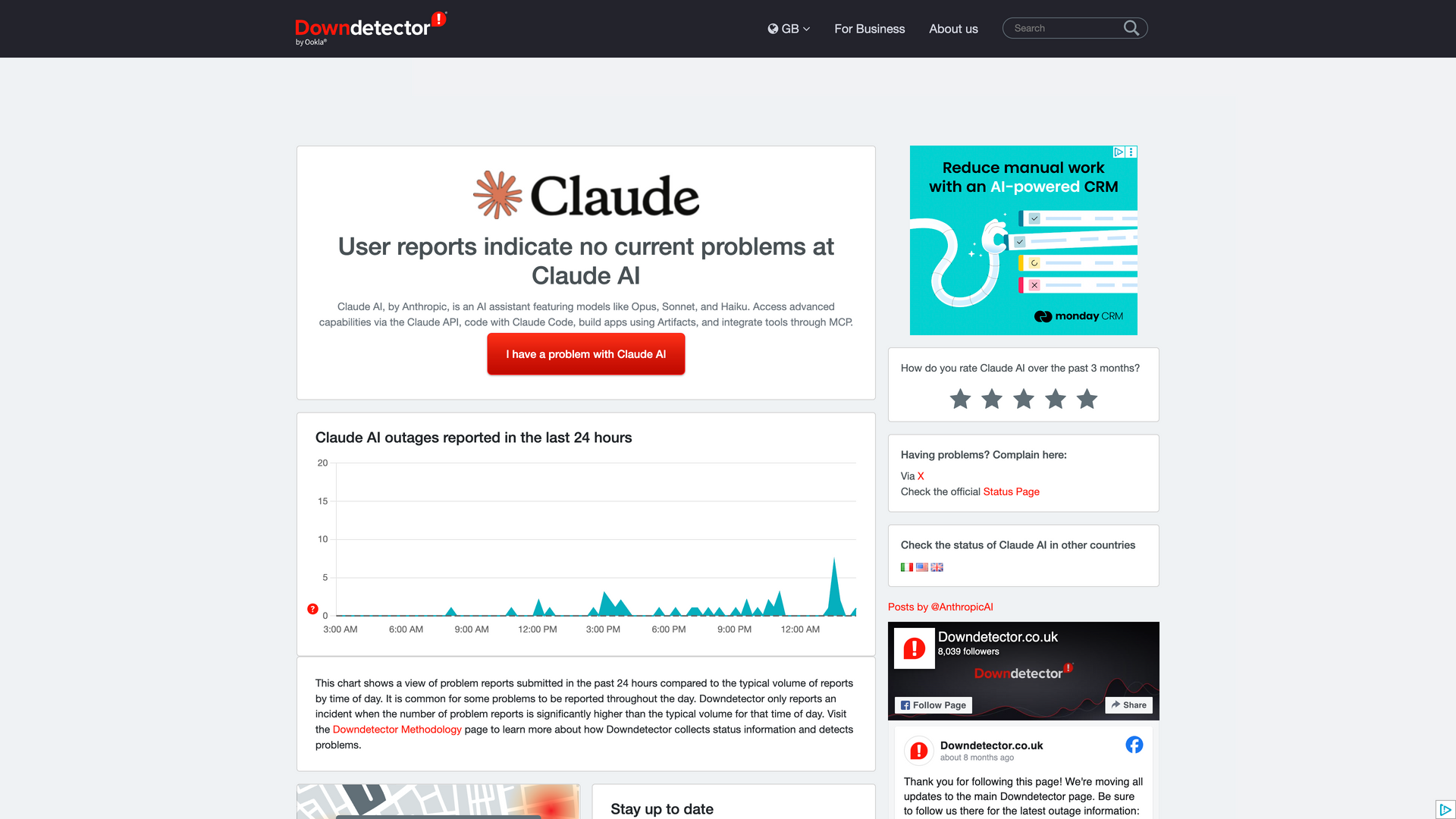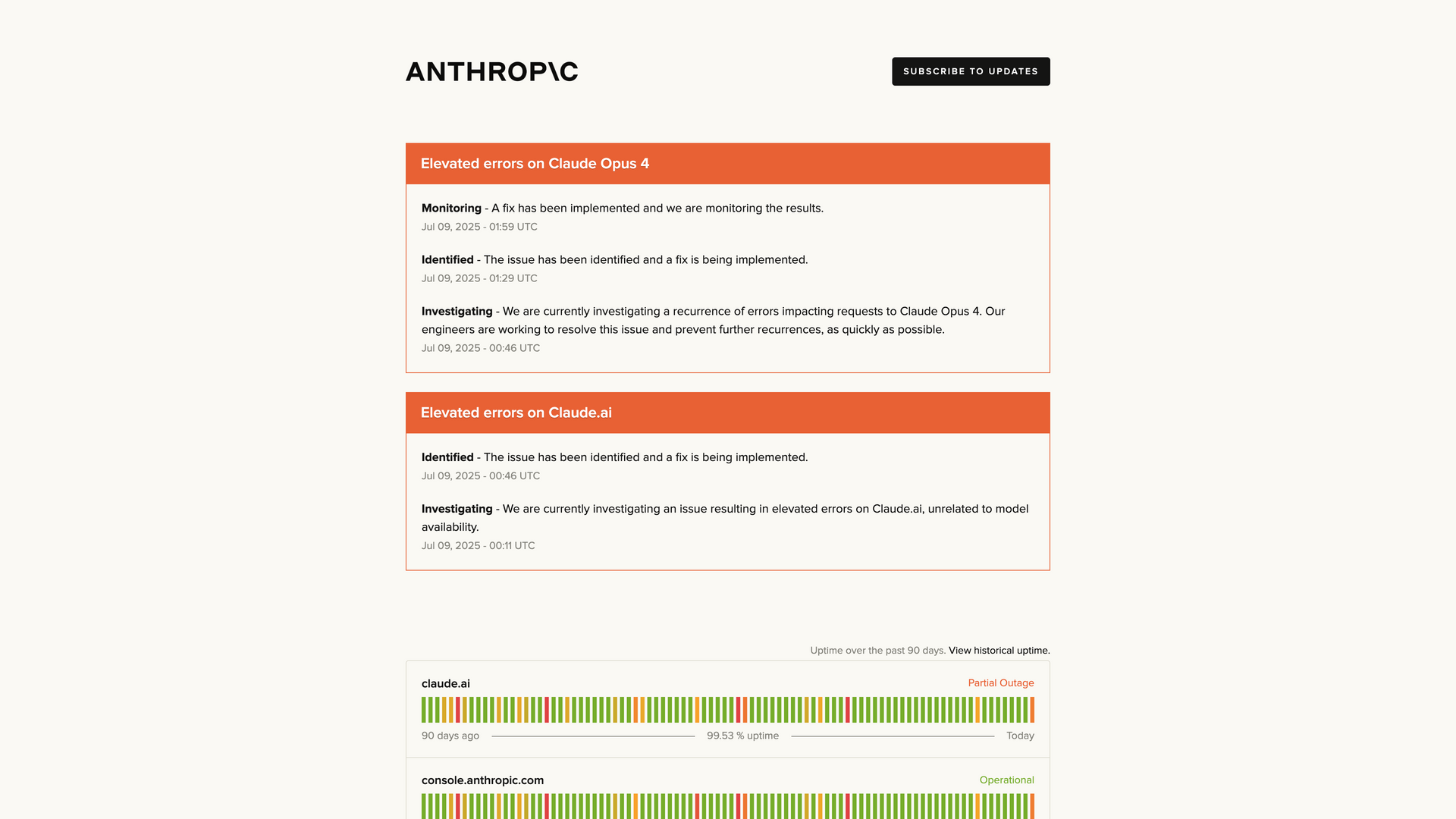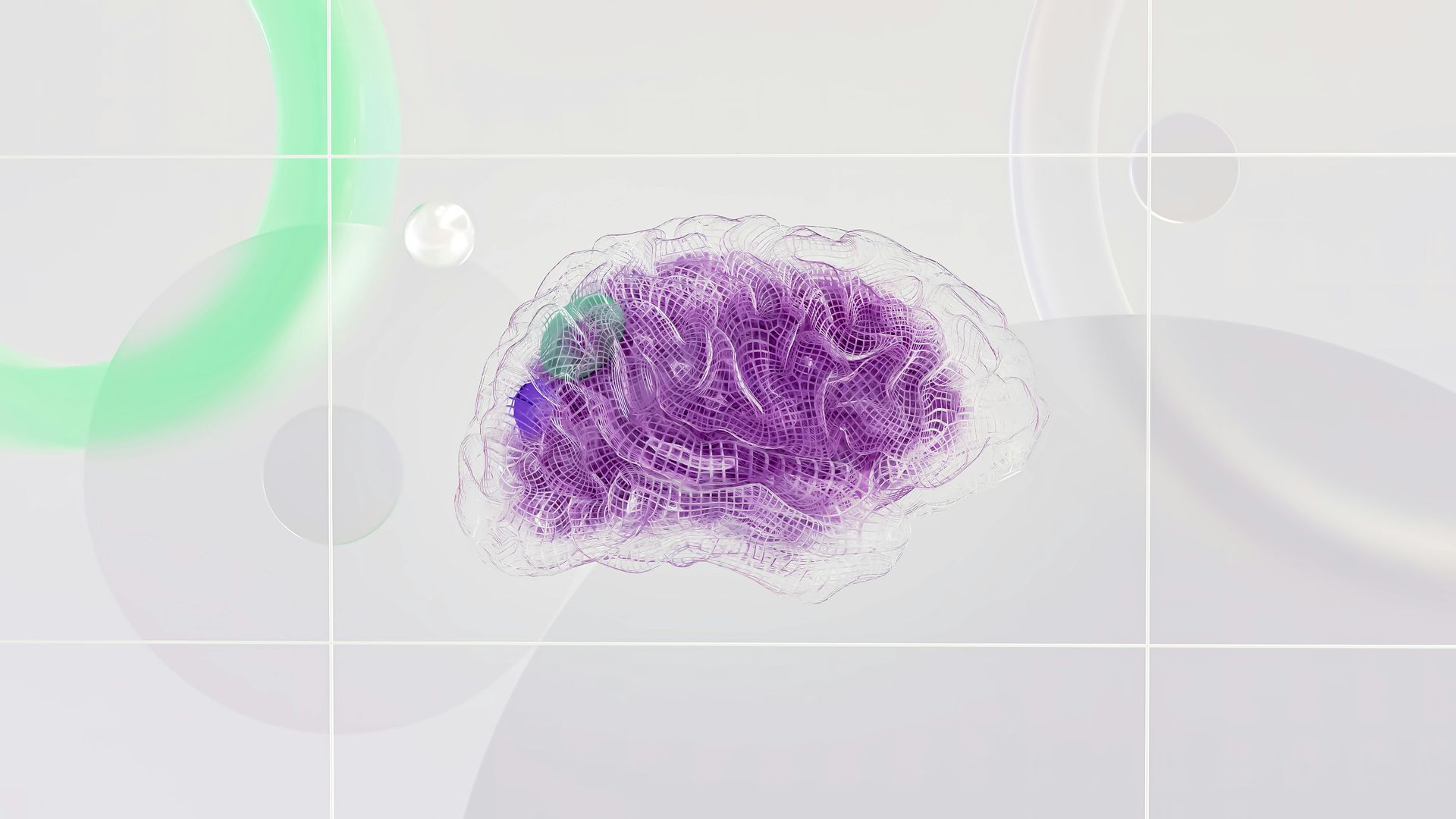Duda Just Launched Their MCP - But What in the World Is an MCP (and Why Should I Care)?
5 MINUITE READ
Duda Just Launched Their MCP — But What in the World Is an MCP (and Why Should I Care)?
OK, I’m going to overdo this a bit and explain it how I explain it to myself. Apologies if the tech comparisons I make don’t totally land for you — this is just how I think about it in my head. Hopefully it helps someone.
First: how do you normally use a system?
You move your mouse. You click around. You do stuff manually. That’s your method of interacting with a system.
Then along comes something like Zapier, where you can say:
“When this thing happens, go and do that thing.”
And it just… happens. Without you doing it yourself.
Now, an MCP is kind of the same thing — just a different medium for talking to a system.
So what is Duda's MCP?
In Duda’s case, they’ve made parts of their platform available to outside tools via an MCP. That means
external systems — like Claude or Gemini — can now do things inside Duda just by you asking for it in plain English. No more clicking around. Just:
“Do this thing for me” — and it does.
Think of the MCP like a framework — kind of like how Google uses schema or structured data to make sense of web content — but instead of indexing, it’s for tools (especially AI) to understand what’s possible and what’s available to act on.
Claude takes your input — typing, voice, whatever — and converts that into a request Duda can process, thanks to the MCP.
So what can it do right now? (July 2025 MVP)
Right now, there are 30 live actions available through Duda’s MCP.
In the DudaCon demo, there were 60+ — so it’s clearly growing.
These actions are basically the “verbs” Claude can use inside Duda. Things like:
- List all your sites
- Duplicate a page
- Publish something
- Read SEO metadata
- Change text on a block
It’s important to build context by looking at the action list, so you understand what’s actually possible. Don’t ask it to do something it can’t do.
It’s the same as talking to Alexa:
“What’s on my calendar tomorrow?”
That works — because Alexa has access to your calendar.
Asking Alexa to iron your shirt? Not going to happen. That’s not a capability it has. Same thing here.
The really exciting bit: chaining across systems
This is where things get powerful.
Let’s say Claude writes a blog post in Duda. Then you connect Zapier to your social scheduling tool. Now you can say:
“Claude, write a blog post about X and publish it. Then send it to LinkedIn via my scheduler.”
And it happens — across platforms, with no need to manually move content between tools.
Tools like Zapier, n8n, and others are building their own MCPs too. That means tools can talk to tools, and you don’t have to be the middleman anymore.
You might want to watch Corbin Brown’s Zapier MCP demo — even though it’s not specific to Duda, it shows exactly how this mindset works and where it’s heading.
The real shift is understanding that the new skillset isn’t clicking buttons — it’s
asking the right things, in the right context, using the right tools.
Why Claude?
And just a quick aside — if you’re still only using ChatGPT, now is the time to branch out.
Claude (by Anthropic) is a completely different model. Same category (LLM), but different approach, different logic, different outputs.
For example:
If you asked both Claude and ChatGPT to write the same blog post, the structure, tone, and depth would be noticeably different. Some people prefer Claude’s reasoning and cleanliness — I personally find it better for design-related logic and more natural flow.
Neither is universally better. They just think differently.
And then you’ve got others — Gemini, Mistral, DeepSeek, etc. It’s worth exploring.
Pro tip: when a tool says “AI-powered,” it usually just means it’s plugging into one of these models via API. The real smarts live in the models themselves.
So why does this matter?
Because this is exactly how the future of work is going to function.
The people who can leverage AI tools, connect them via MCPs, and build cross-platform flows — they’re going to win.
The people who never look into this stuff? They’ll be left behind.
You don’t need to become a developer. You just need to learn how to:
- Connect Claude (or your preferred model) to Duda’s MCP
- Understand what’s available
- Ask things in a useful, actionable way
Once you get the hang of it, it’s hard to go back.
Important thing to remember!
One thing worth keeping in mind — especially if you’re testing this around launch day — is that Claude isn’t Duda.
Duda’s MCP lets third-party tools like Claude interact with your account, but Claude is still a separate system, running on its own infrastructure, built by a different company (Anthropic). Anytime you use an external tool, you’re also inheriting its quirks, limitations, and potential downtime.
Coincidentally, on launch day, there was a spike in issues.
Not necessarily Duda’s fault. In fact, in many cases it’s the external tool — Claude, Zapier, or whatever else you’re using — that hits a rate limit, goes temporarily offline, or just gets a bit moody.
If something seems broken or slow, don’t immediately log a support ticket with Duda — they can’t fix Claude.
Instead, try the following first:
- Check Claude’s status page
- Visit DownDetector
And if it’s a bigger issue, just wait it out — AI tools are still evolving, and hiccups happen.


Join For Free
Become a member today on our free tier and get instant access to 5 custom components.




